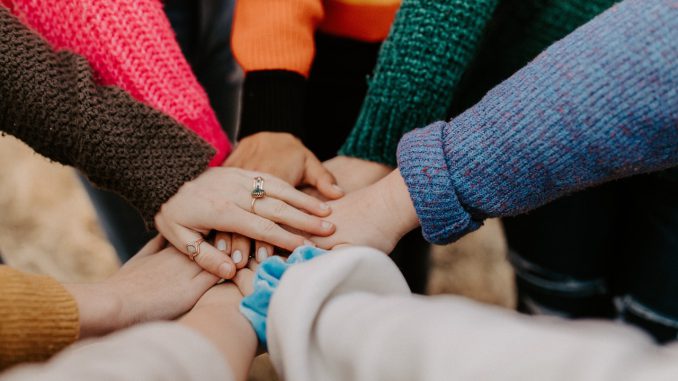
A ‘Common Ground’ post
What is it?
The Oxford Learners Dictionary defines rapport as “a friendly relationship in which people understand each other very well”. Academic research on rapport in a classroom setting is a relatively recent enterprise, but there is a broad consensus that it encompasses positive relationships that: enable effective communication (1), create a sense of belonging and connectedness (2), and engender trust between educators and students (3).
Why do it?
Research from a range of academic disciplines such as education, psychology and marketing all indicate that rapport between educators and students correlates with a range of positive outcomes for students including, but not limited to, attitude, motivation, perceived learning (4), well-being and academic outcomes (5). Furthermore, there is promising evidence that positive rapport between educators and students can be of particular significance for disadvantaged students (6). Our research suggests that improved rapport in the classroom will also have positive outcomes for educators.
Behaviours that promote rapport
Educator practices associated with increased rapport include learning students names (1), setting clear expectations, using humour (7), getting to know students, being approachable and enthusiastic while creating a respectful learning atmosphere, maintaining frequent contact (4) and discovering things in common with students (6). Activities that can support these behaviours include icebreakers (8) group work and extracurricular events (9).
Common Ground
The Common Ground research project (9) set out to source rapport building activities from our King’s colleagues; observe these activities in the classroom; and survey educators and students about their efficacy. We have collated some of our findings in a series of blog posts on the King’s Active Learning site. These posts are designed to enable busy educators to easily find tried and tested rapport building resources.
Linked posts
Using Icebreakers to Build Rapport
Using Group Work to Build Rapport
About the Common Ground Project
References
- Worley, D., Titsworth, S., Worley, D.W. and Cornett-DeVito, M., 2007. Instructional communication competence: Lessons learned from award-winning teachers. Communication studies, 58(2), pp.207-222.
- Dwyer, K.K. et al. (2004) Communication and connectedness in the classroom: Development of the connected classroom climate inventory. Communication Research Reports, 21(3), pp.264-272.
- Burke-Smalley, L.A., (2018) Practice to research: Rapport as key to creating an effective learning environment. Management Teaching Review, 3(4), pp.354-360.
- Wilson, J.H. and Ryan, R.G., 2013. Professor–student rapport scale: Six items predict student outcomes. Teaching of Psychology, 40(2), pp.130-133
- Frisby, B. N., Martin, M. M. (2010). Instructor–student and student–student rapport in the classroom. Communication Education, 59, 146–164
- Gelbach, H. et al. (2016) Creating birds of similar feathers: Leveraging similarity to improve teacher–student relationships and academic achievement. Journal of Educational Psychology, 108(3), pp 342-368
- Webb, N. and Barrett, L.O., 2014. Student views of instructor-student rapport in the college classroom. Journal of the Scholarship of Teaching and Learning, pp.15-28.
- Chlup, D.T. and Collins, T.E., 2010. Breaking the ice: using ice-breakers and re-energizers with adult learners. Adult Learning, 21(3-4), pp.34-39
- Samuel, V. and Vogel, M., (2022) Common Ground Project, King’s Academy
Photo by Hannah Busing on Unsplash

Leave a Reply